Starbucks is best known for its exceptional coffee and roastery reserves, but that isn’t all for the quintessential Starbucks experience. As the brand itself states, “more than just coffee”, Starbucks offers various augmented products, such as free WiFi access, a relaxing atmosphere, great music, charging sockets, comfy lounge furniture and so on.
In fact, sometimes, a customer might simply visit a nearby Starbucks to enjoy the value-added amenities and not necessarily buy coffee, which is the company’s core product.
So, what exactly is an augmented product? Why is it important? And how does it benefit a business?
What is Augmented Product?
An augmented product is an offering of enhanced features that contribute toward defining the perceived value of the existing product, goods, or services.
These enhanced features can be offered in the form of discount offers, product warranties, refunds, free delivery, free samples, etc.
In simple words, it is the benefit received by customers that adds extra value to their purchase. For example, a customer buys a laptop but also receives a laptop carry bag free of cost. This ‘add-on’ is not essential to the laptop’s core benefit but will certainly help the customer to carry the laptop around with ease, further adding value to the purchase.
Importance of Augmented Product
Augmented product plays an important role in achieving customer satisfaction and loyalty. The right combination of core and augmented products can help businesses differentiate their offering from their competitors.
For example, in a market where every airline offers the same core service i.e. transport from one point to another, it is the augmented services such as in-flight meals or entertainment that help an airline to differentiate itself to attract more customers.
Examples of Augmented Product
Companies can enhance customers’ buying experience by being innovative in their offerings. Here are a few examples to illustrate the same:
Spotify
Spotify’s core product is a music streaming service but the company has added extras to it in order to differentiate itself from its competitors. It offers a year-end review of its users’ listening history as Spotify Wrapped. Besides this, there’s also Instagram partnership and podcasts that form part of the augmented product.
Apple iPhone
The Apple iPhone is a great example of an augmented product. The core offering from Apple is its iconic smartphone but it has added many features to differentiate itself from other players in the market. This includes features such as iCloud, Face ID, 3D Touch and so on which makes the experience for customers unique.
Types of Augmented Products
There are numerous ways to enhance an offering. Here are the most common types of product augmentation:
- Brand name: Successful brand image easily sets a business apart from the competition. For instance, when given to choose between a pair of ripped jeans from Zara & a pair of ripped jeans from a relatively smaller, newer brand, a customer will most likely choose Zara. Reason being that Zara is globally recognized for fast and high-quality fashion at low costs. The brand lives up to its title of “affordable luxury” and has cemented itself as a reliable, customer-oriented business among its target audience.
- Product warranty: Typically, this offering applies to electronic appliances & gadgets. Companies use this product augmentation to assure buyers that the product is of good quality and promise to fix any issues as per the specified terms and conditions of the warranty.
- Free delivery: Brands from different industries make use of this offering. For instance, food delivery apps or restaurant chains offer free delivery if the customer fulfills or exceeds the minimum order value.
- Installation & configuration: Companies can offer to provide technicians who can install or configure a product free of cost. For example, a company that sells electronic devices can send a technician to install a new TV set or air conditioner for the customer.
- Updates: A company must continuously upgrade its existing products to delight and surprise its users. For example, Apple constantly upgrades their existing iPhone models in terms of shape, size, color, software updates, camera quality, and so on.
- Refunds: Companies also provide a ‘refund option’ to clients if they aren’t satisfied with their purchase which further helps in building trust and customer loyalty.
- Free samples: Cosmetic stores often give free samples on spending a certain amount, adding an additional value to the client’s purchase. Companies can also use this strategy to offer free samples of newly launched products alongside the purchase of the primary product to catch a buyer’s attention and boost sales.
- Free trials: Many online streaming services such as Amazon Prime Video, Hulu, Apple TV Plus, etc. provide a free trial period that allows the customer to verify whether the provider offers everything they’re looking for before spending a penny.
Benefits of Augmented Product
The goal of providing extra value is to benefit both the seller and the buyer. Focusing on the latter, here’s how businesses can benefit from product augmentation:
Increases Revenue Streams
Product augmentation allows a company or business to expand and grow. For instance, Nike’s remarkable success in the footwear industry also allowed the company to incorporate athleisure & sporting equipment, further expanding the business.
Builds Customer Loyalty
A brand must constantly upgrade its existing offerings so that the clients feel valued at all times. A satisfied customer is more likely to purchase products or make recommendations to others. Loyal customers also personally advocate for the brand’s reputation and may also choose to become life-long customers, further boosting a brand’s image.
Increases demand
Loyal customers can help drive more business and boost leads as they may make recommendations to their family members or friends based on their personal experience.
Go On, Tell Us What You Think!
Did we miss something? Come on! Tell us what you think about our article in the comments section.
An ardent reader, full-time writer and a lover of all things purple. Riya is an entrepreneurial spirit, making her way in the start-up industry through her expressive writing. When not working, you can find her jamming to music, watching period films, eating sushi, or petting cats.

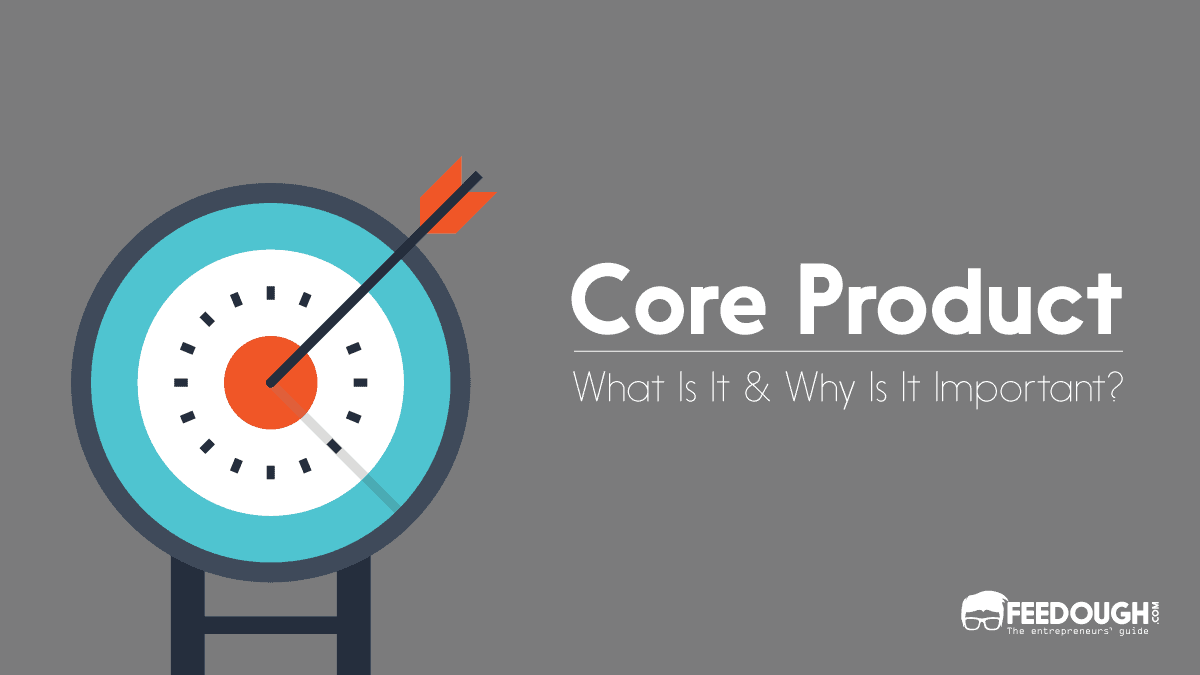

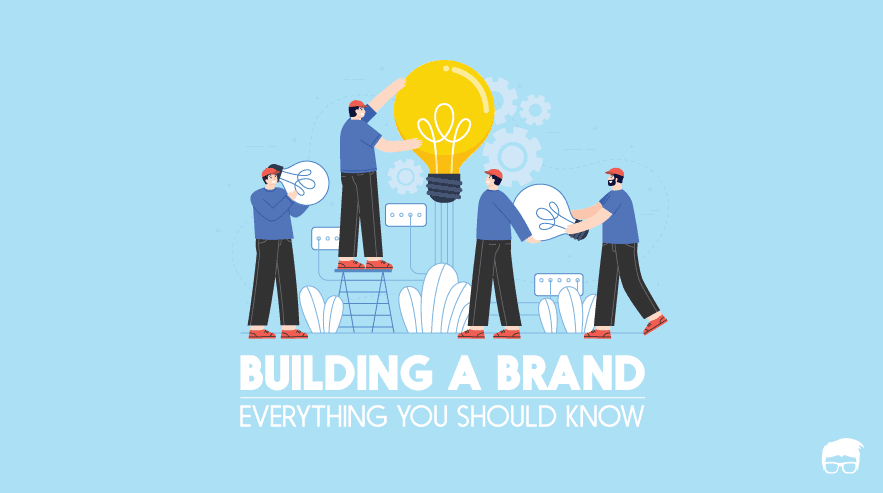

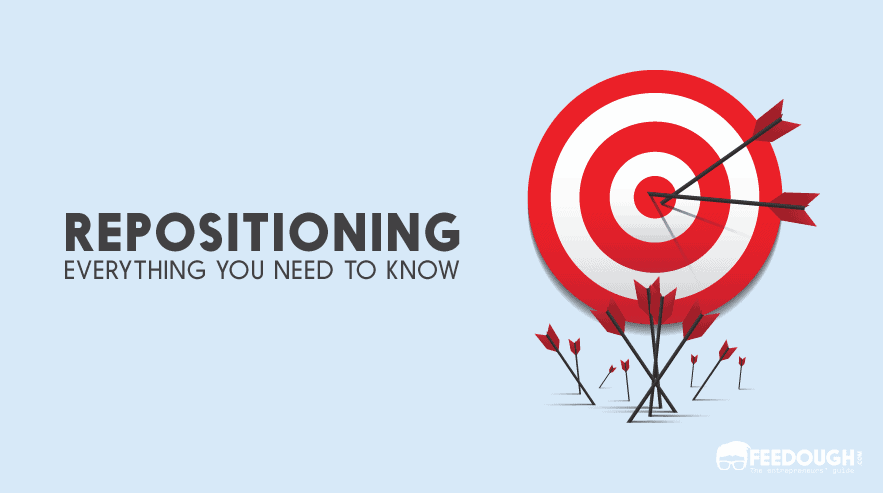
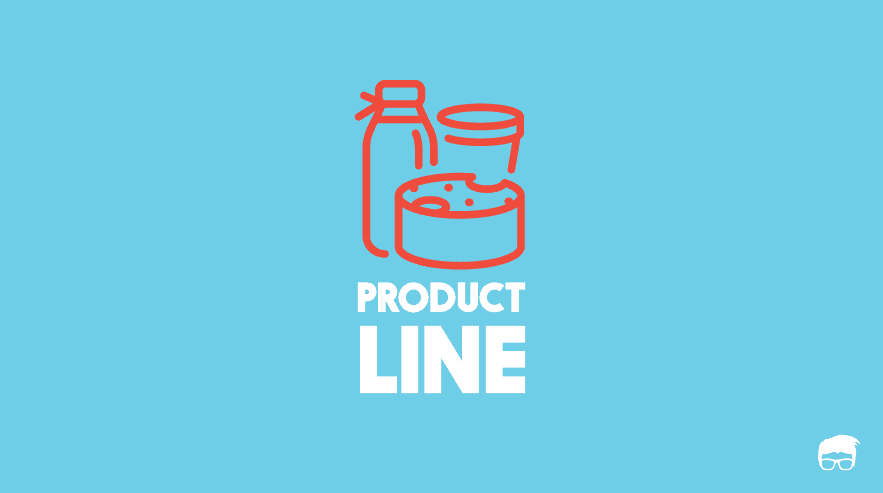
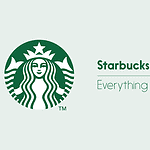
![What Is Upselling? How To Upsell? [Detailed Guide] UPSELLING](https://www.feedough.com/wp-content/uploads/2018/05/UPSELLING-20.webp)
